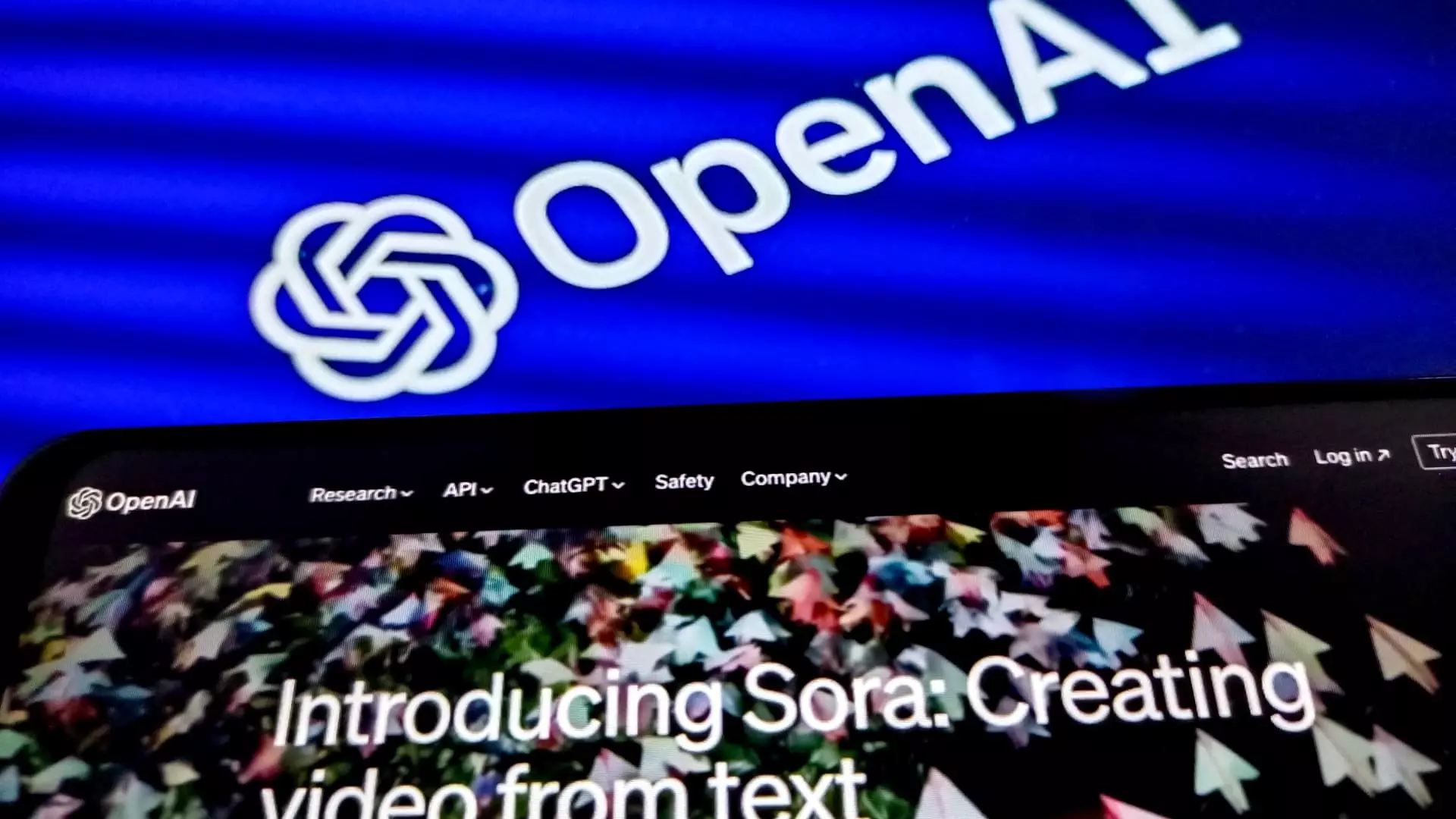The natural evolution of corporations, especially in the high-stakes realm of artificial intelligence (AI), often comes with its share of turbulence. Currently, OpenAI, a prominent player in the AI landscape, is navigating significant leadership changes while simultaneously entering what could be a transformative funding round. With doubts creeping into the minds of stakeholders following the departure of key executives, OpenAI’s Chief Financial Officer, Sarah Friar, has taken it upon herself to reassure investors of the company’s robust trajectory.
OpenAI recently experienced a series of high-profile exits, starting with Chief Technology Officer Mira Murati, whose announcement came as a shock to many. Her exit comes not as a standalone incident but is compounded by the departures of additional top research executives, including Bob McGrew and Barret Zoph. These significant departures raised eyebrows not only about the company’s internal dynamics but also about its strategic direction. In a communication to investors, Friar acknowledged the gravity of these changes while emphasizing the organization’s commitment to maintaining continuity amongst its leadership team.
Despite the unsettling nature of such exits, Friar stressed that OpenAI retains a “talented leadership bench” capable of steering the company through this tumultuous phase. This assertion aims to mitigate fears surrounding the company’s ability to innovate and compete effectively in a rapidly evolving marketplace. The challenge, however, lies in quickly assimilating new ideas while fending off the competition, especially given that some executives have headed to rival firms, further fueling concerns about potential brain drain.
As OpenAI grapples with these leadership changes, it is simultaneously laying the groundwork for a significant funding round, projected to raise approximately $6.5 billion. This capital injection is crucial in providing a financial cushion that could offset any potential disruptions resulting from the recent executive departures. Sources indicate that the funding round has garnered substantial interest, with Thrive Capital leading the charge and planning to invest a considerable $1 billion.
Funding rounds of this magnitude not only serve as a financial resuscitation but also validate a startup’s market position. If the $6.5 billion round concludes successfully, it could elevate OpenAI’s valuation to roughly $150 billion. Such financial backing signifies confidence from seasoned investors, which could reassure both employees and the broader market of OpenAI’s foundational strengths and ongoing pursuits.
Friar’s communication to investors conveyed enthusiasm for this opportunity, highlighting that the funding round was oversubscribed, ensuring robust demand among backers. This financial support could empower OpenAI to continue its ambitious mission: expanding accessibility to AI technologies while also developing sustainable revenue models—all while fostering value for stakeholders, employees, and the community.
With the unexpected departures, OpenAI is not at a standstill. The organizational structure is adjusting, and Friar has outlined the transitional leadership that will guide research efforts. For instance, Mark Chen is stepping into an essential role as Senior Vice President of Research, enhancing the company’s capability to innovate. Furthermore, the inclusion of leaders like Kevin Weil from Meta underscores a commitment to not only retain but also attract top talent.
In challenging times, the ability to focus on long-term goals becomes paramount. Both Altman and Friar have communicated a unified vision during recent all-hands meetings, reinforcing the company’s dedication to pushing the boundaries of what is possible in AI. Altman’s reassurances regarding equity stake rumors underscore the need for transparency, especially with investor scrutiny heightened amid executive shifts.
Change, while typically viewed with apprehension, can forge pathways to innovation and growth. OpenAI finds itself at a crossroads where the commitment to its mission must take precedence, even amid personnel transitions. The dual narrative of leadership changes paired with ambitious funding represents not just challenges but also opportunities for revitalization.
As OpenAI moves forward, the key will lie in streamlining its internal structure, enhancing its investment narrative, and ensuring that the organization’s vision remains clear. By doing so, OpenAI can navigate the uncertainties of talent departures while still thrusting itself into a new era rich with potential and innovation. Ultimately, adaptability will reign supreme as the company resumes its quest to pioneer advancements in artificial intelligence.

